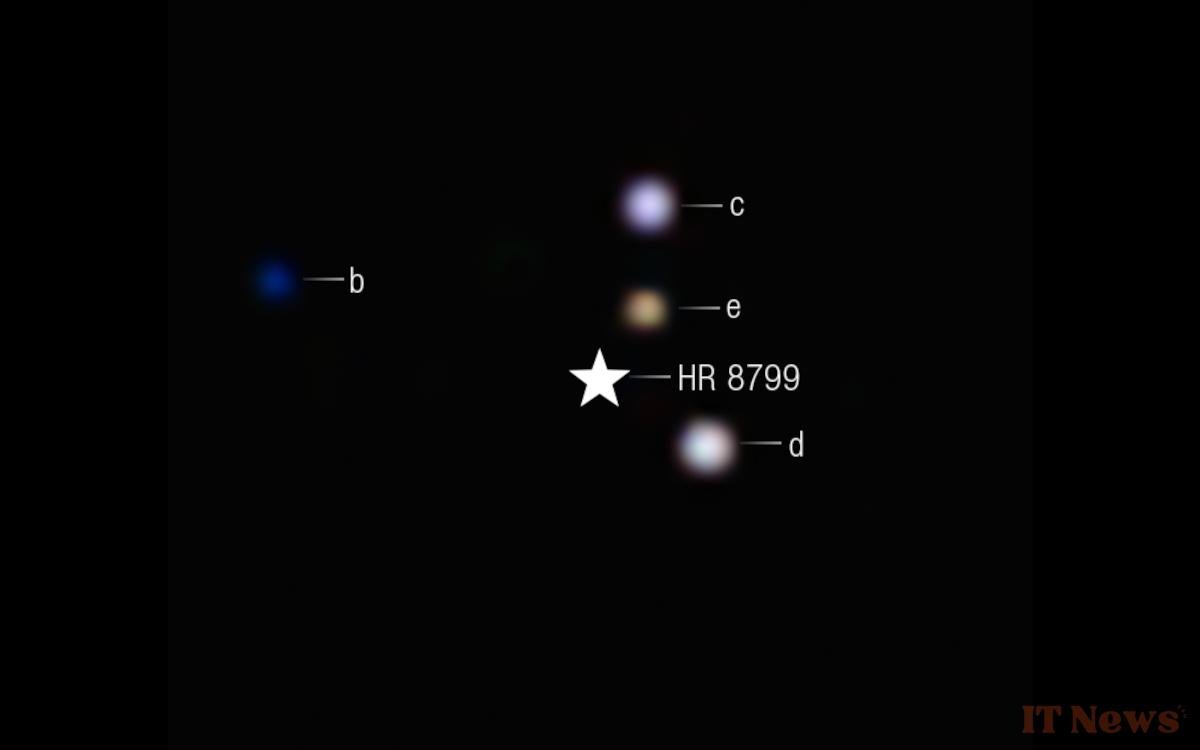The James Webb Space Telescope has just made a major advance in astronomy. For the first time, it has directly observed carbon dioxide in the atmospheres of planets located outside the solar system. This discovery allows us to better understand the formation of distant worlds and their evolution.
The exploration of exoplanets has progressed significantly in recent years thanks to increasingly powerful instruments. Scientists are seeking to analyze their composition to better understand how they form and evolve. Until now, detecting certain gases in these distant atmospheres required indirect methods, making analyses more complex.
The James Webb Space Telescope has succeeded in directly observing carbon dioxide on four planets in the HR 8799 system, located 130 light-years from Earth. By 2022, it had already detected this gas on the exoplanet WASP-39 b, but by analyzing the light filtered by its atmosphere as it passed in front of its star. This time, the researchers used the telescope's coronagraphs to mask the starlight and directly observe the emissions from the planets themselves. This image of the exoplanet 51 Eridani b, located 97 light-years from Earth. This observation made it possible to directly detect carbon dioxide in its atmosphere. The red tint visible in the image is due to data processing, which removes residual light. Source: NASA
The James Webb telescope analyzes the formation of exoplanets using CO2
Using this new method, astronomers were able to confirm that the planets in the HR 8799 system contain a quantity significant amount of heavy elements such as carbon, oxygen and iron. This suggests that they formed gradually by accretion, a process similar to that of Jupiter and Saturn. Studying these, still hot after their formation, allows us to better understand how giant worlds appear in the universe and evolve over time.
Although the gas giants of HR 8799 are not habitable, their composition could give clues to the existence of moons potentially favorable to life. In our own solar system, parts of Jupiter and Saturn are being studied for their conditions conducive to the development of microorganisms. This advance therefore opens the way to new research to detect comparable environments in other stellar systems. Scientists now plan to further exploit the capabilities of the James Webb Telescope to analyze other exoplanets and compare their atmospheres, in order to refine our understanding of the formation of distant worlds.
Source: NASA




0 Comments